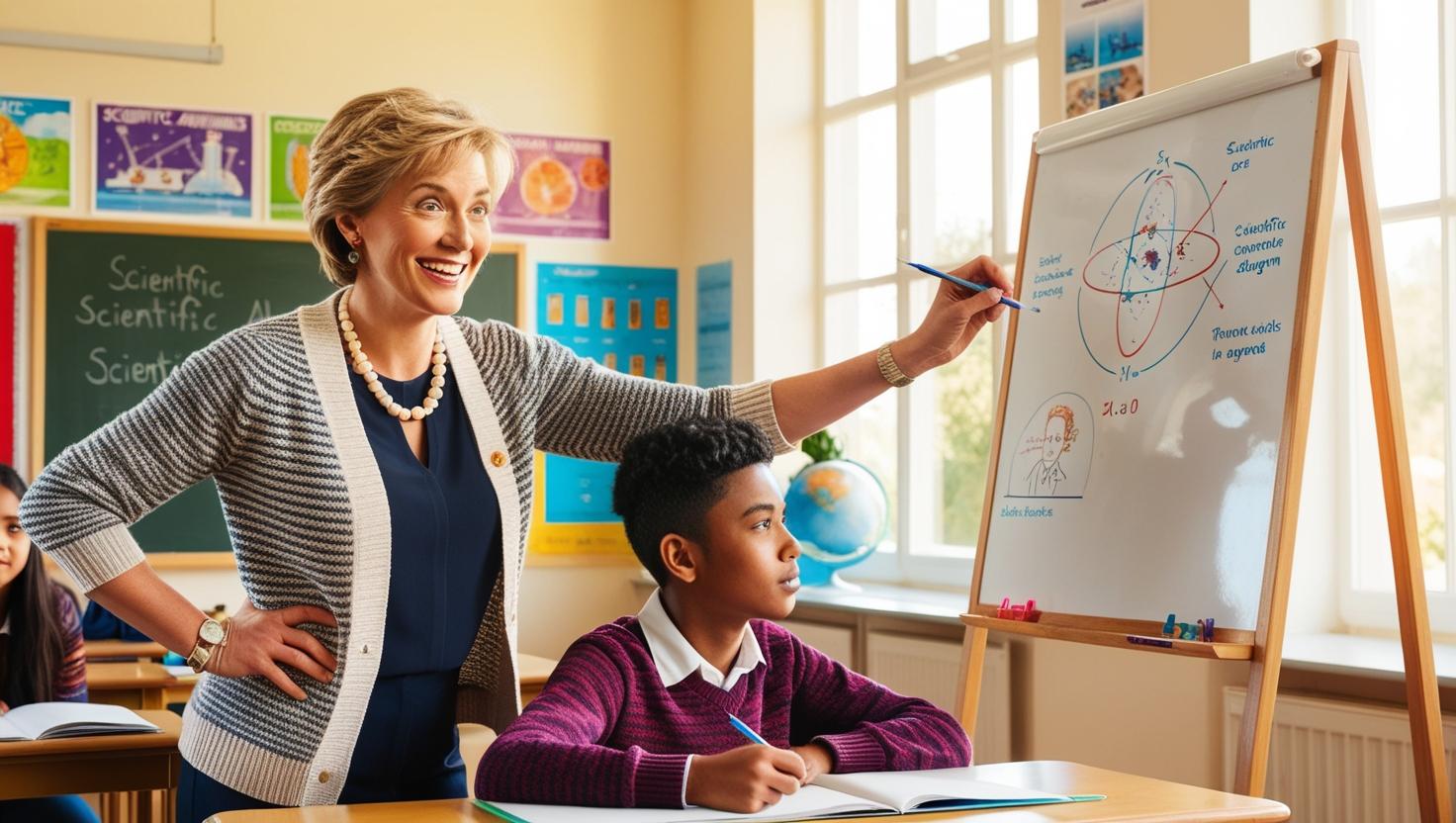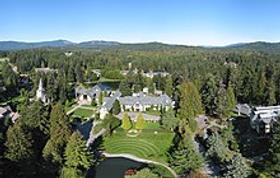What is Progressive Education?
Picture your ideal classroom. What do you see? A line of desks, concentrated students diligently solving math problems? Or do you envision something different?
- Perhaps you picture a classroom electric with energy.
- Small groups of students stand on whiteboards around the classroom, debating, arguing, and trying to figure out the best approach to a difficult math problem.
- A teacher circulates, asking questions and making observations.
- And suddenly, there was a flash of celebration as the students arrived at the solution.
- They’re active; they’re engaged; they’re motivated. And they’re learning.
This is the promise of progressive education.

What is Progressive Education?
Arising from the ideas of John Locke and Jean-Jacques Rousseau, the progressive educational movement focuses on the process of learning over the rote memorization of facts.
- Beginning in the 19th century, progressive educators such as John Dewey, Rudolf Steiner, and Maria Montessori began to develop a philosophy of education that became progressive education as we know it today.
- A true definition of progressive education is admittedly difficult to pin down – the field is broad and contains many schools of thought. However, several values are shared by the progressive education community.
This video offers an overview of Ecole d’Humaité in Switzerland.
Attending to the Whole Child
Progressive educators are concerned with the holistic development of the child. Intellectual and academic growth is but one part of the picture in progressive education.
- The social, emotional, moral, artistic, athletic, and even athletic evolution of the child are equally considered.
- Progressive schools offer a stimulating academic environment. In addition, most progressive schools also encourage students to explore other areas of their development.
- An athletics or outdoor program might help students cultivate grit, teamwork, and perseverance.
- Classes in the arts enrich the creative growth of students and allow them to develop their artistic voices.
- Schools might hold classes in other disciplines, such as meditation or yoga, designed to help young people find focus or uncover the contentment of stillness.
This video offers a brief history of the progressive movement.
Learning How to Think, not What to Think
Progressive education has the goal of teaching learners how to think, not what to think. In progressive classrooms, teachers are facilitators of learning.
- The teacher’s job is to nurture and support students’ innate desire to learn.
- An interest-based and experiential learning environment taps into the student's natural curiosity and sparks their internal motivation.
Personalization of Learning
Progressive educators believe that learning is not a “one size fits all” process.
- Kids learn at their rate, and often, they don’t follow a linear path.
- By personalizing the learning process, teachers can not only support students' weaker areas but can also challenge learners where they are strong.
- Moreover, learning can be shaped to appeal to students' interests and curiosities.
- Progressive education allows students to develop their own needs, capacities, and voices at their rate.
Using Intrinsic Motivation
Learning happens best when people are motivated by intrinsic forces.
- When learning relates to a young person’s passion or a particular interest, the student naturally wants to dive into the content to learn deeply.
- Equally, when learning is hands-on and experiential, content becomes more relevant to a student.
- When a practical application of learning material is apparent, it is inherently motivating. In progressive education, teachers use interest-based or theme-based learning to tap into students’ curiosity.
- Progressive education holds that these intrinsic drives toward learning are far more motivating than the external motivators of grades or tests.
Providing Meaningful Feedback
In fact, many progressive educators question the value of standardized testing or traditional letter grades as a way of evaluating student progress.
- More practical, they believe, is a comprehensive evaluation of student work, including the learning process.
- Not only is this type of feedback more meaningful and more actionable for the student, but it is also much more motivating, as it taps into the student’s innate desire to improve rather than the external reward of a good grade.
An Integrated Curriculum
In progressive education, learning is regarded holistically. Instead of learning being siloed into one subject area, it is more comprehensive.
- In biology class, for example, learning does not stop at mastering the phases of the Krebs cycle.
- Instead, when a student wants to learn about cell metabolism, many cross-curricular skills come into play: reading comprehension, research skills, writing, presentation, and perhaps even IT skills as they design an animation of the Krebs cycle.
- Students expand a broad set of skills as they learn, and these skills are transferable across disciplines.
Trust in the Process
Built into the progressive approach to teaching is a profound trust in kids’ ability to learn. The progressive model is flexible.
- It gives space for students to develop at their own pace; it understands that kids often develop asynchronously.
- Their math skills might take a giant leap while reading ability plateaus for a few months.
- Progressive teachers trust in the learning process.
- They help create the conditions that will allow their students to flourish, each following their path.
What Does Progressive Education Look Like in Practice?
Progressive schools all create a student-centered learning environment. Most progressive schools focus on thematic instruction and hands-on, experiential learning to teach core academic content with the objective of developing students' capacities for critical thinking, problem-solving, collaboration, creativity, and curiosity. But what does this look like in practice?
In a class called The Physics of Dams, a teacher introduces core concepts in physics through the lens of dams. In class, students practice building dam structures.
- Through trial and error, they learn about how force and shape interact; they learn about kinetic energy, hydrodynamics, mass, motion, and energy.
- The students document their experiments on paper or video and learn how to present their findings.
- The teacher leads an excursion to a hydroelectric dam site where they can see these principles in action.
- Students begin to ask questions about sustainable energy, and a new line of inquiry is forged!
Could Your Child Benefit from a Progressive Learning Environment?
Many ideas from the progressive education movement have been adopted by schools worldwide, and a progressive approach to learning can offer benefits to most young people.
- The progressive model of education is particularly suited for bright young people who appreciate a challenge and the chance to have more autonomy in what and how they learn.
- This model can also benefit independently-minded kids who find the rigid, linear structure of traditional education too constraining.
- Progressive education can also be helpful for motivated students with learning differences, as it is adaptable in offering different ways of approaching academic content.
Could progressive education be a good fit for your high school student?

Photo of L'Ecole d'Humanite , PrintempsEnRolle, CC BY-SA 4.0, Wikimedia Commons
Nestled between majestic alpine glaciers and rolling meadows, the Ecole d’Humanité offers a US high school curriculum to students from 13 to 18 years old. In classes such as The Physics of Sports, The Mathematics of Woodworking, or even How to Be Good: Ethics and Moral Philosophy, teachers present core academic content through the lens of engaging themes relevant to students’ interests and experiences. Using tools such as experiential learning and project-based learning content comes alive as teachers tap into students’ interests, curiosity, and innate desire to learn.
At the Ecole d’Humanité, student progress is not measured by letter grades but rather through a detailed process of 360-degree feedback where students receive narrative input from teachers and peers and are encouraged to reflect on their learning process.
If you’d like to hear more about how the Ecole d’Humanité uses progressive teaching to help kids shine at school, reach out to the admissions office at admissions@ecole.ch.
Questions? Contact us on Facebook or Instagram. @boardingschoolreview
#boardingschools #progressiveschools #progressiveeducation











